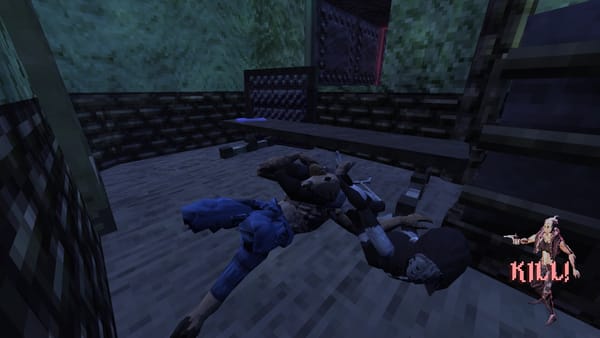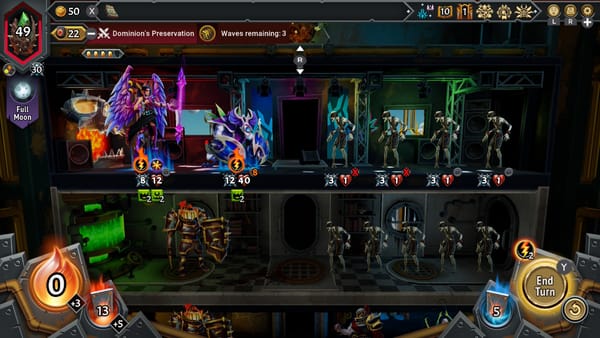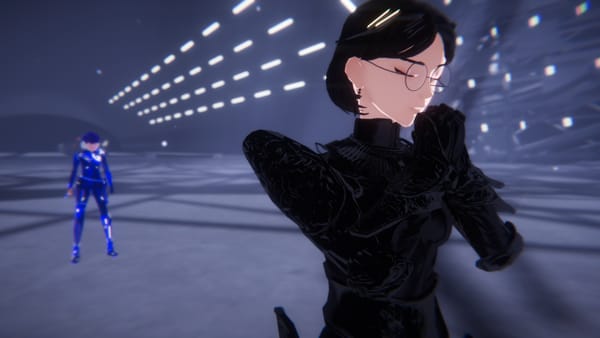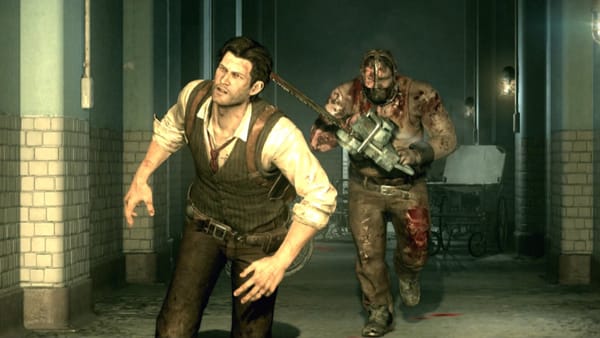It's Hard to Paint The End of the World
How do we paint the apocalypse?
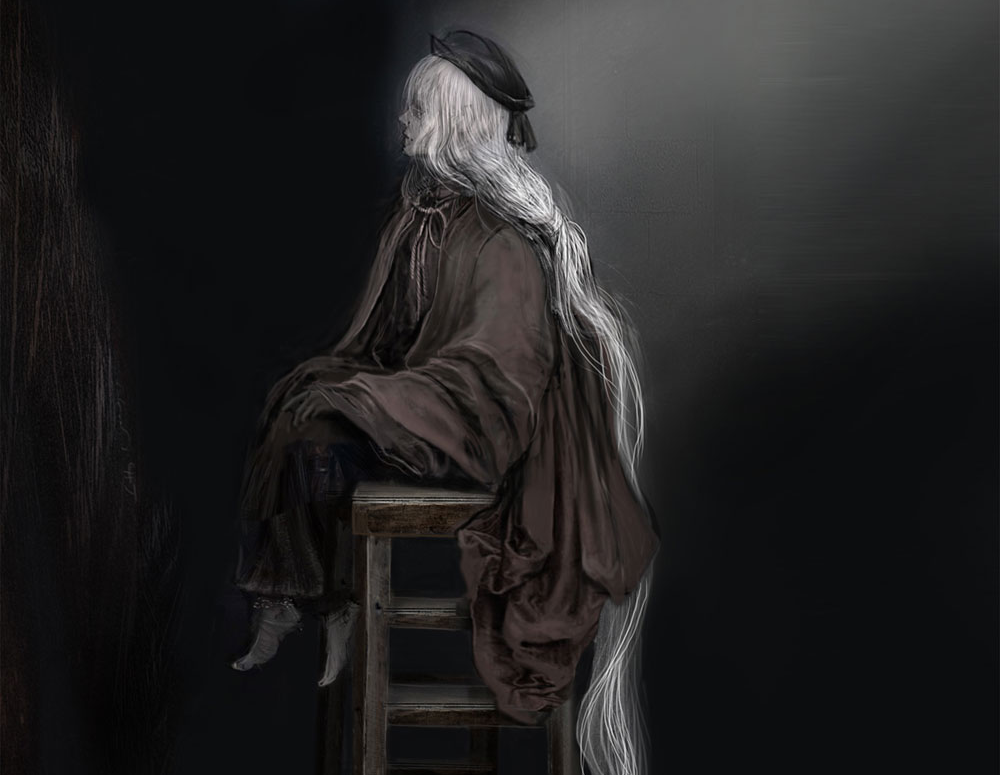
Oil painting differs from other materials mainly due to its ability to blend. It also takes a long time to dry - so layering takes weeks, months even - but the fun thing is that mistakes are easier to correct than they are with something like acrylic. Due to the time it takes to dry you can fix things, and mixing the paint up with a little bit of linseed oil can make it thin enough to disappear among other colors and creates a smoother shading between different tones.
Unless it's yellow.
It's tiresome to work with yellow. Any molecule of another tone will forever blemish it - it will never be the yellow you envisioned again. On the other hand, it’s probably the most used color I can think of - everything can have a bit of yellow. It makes colors seem more livid, it brings them both up and down on the neutrality scale - meaning it makes colors warmer or colder, depending on the mixture - and it's also very pretty by itself.
The end of the world has a lot of yellows. Fire, sirens and the afternoon. Sand and ruins. Hourglasses running empty.
I believe it's really easy to fall into the infinite reach for meta-analysis because it shows that an art form has at least reached its adolescence. It's thinking about itself - it's self-conscious, now - it's subverting itself, and it's baring itself, making fun of itself. It creates Discourse. But, I also don't think it's the ultimate way of engaging with a piece, as it creates a bunch of pitfalls that are ultimately meaningless: it needs baggage to exist (the previous knowledge about said artform, its cliches, tropes, limitations, etc.) and therefore it becomes more and more hermetic, unable to touch whatever truth can exist outside of the technical, autophagic conversation about itself.
Dark Souls III can be read as if it is about itself, and about franchises, and about the Video-game Industry, but I want to postulate its most interesting truth is one of the simpler ones: the world will forever end, infinitely, in a myriad different ways, and it will be reborn every time, through different means and different people, but always through the ashes of the previous world.
The last thing we need to do is reach the end of the world to gather pigment for a new beginning.
The beginning of the world has a lot of yellows. Sunrise, sand and a beach. Egg yolk.
The general structure of Dark Souls III invites the comparison to oil painting because it is, in itself, a pastiche - a pastiche of Dark Souls, Dark Souls II and Bloodborne, and the kingdom is a pastiche of Lordran and Drangleic, and the world itself is a mixture of different times, and kings, and geological formations and human formations. It goes over itself and folds and is diluted. It needs caring and tending to keep existing, but it lacks will - it lacks fire. It needs more yellow. We’re almost out of yellow.
Dark Souls III is a game about not letting the world go and clinging to the idea of it. The hope that the world can reach its Form - a Platonic ideal of existence - from its Current Status. It ends up freezing a condition that only serves what\whoever wants to keep it as is. Staticizing movement and not allowing it to end still causes rot. Rot smells and shackles.
Conservation is still movement, and the world of Dark Souls III does not want to conserve, it wants to maintain. All of its different factions want to merge different political truths to try and get something new, but the world makes sure that they are still familiar enough to not disrupt. You can get married and cause the Sun to become the Abyss, and you can try and light up the Fire again, or you can try and snuff the fire out, but you can never let the world be. Your actions cause the metaphysical mingling to come closer to how It Should Be, but it never lets you observe to see how it Is.
It will end eventually, however. When there are no more Warring Factions, toothy serpents, angels, demons, the world will be allowed to rest. And from its corpse another one will be conjured.
The Dark Soul can only be found at the end of an endless world. We need to see how it ends before we can create something new - it’s unsalvageable.
Gael doesn't need to understand what the Dark Soul is - his objective is earthly. He wants his lady to paint. It doesn't matter if he will die with the old world and it doesn't matter if he will be a part of the new one. He has a Function - to be able to Deliver the material of his own demise.
Accelerationism has a critical flaw: people who like it believe they're irreplaceable. They want the New World because they believe they'll be able to live within it. However, the end of the world, epistemologically, requires a degree of altruism. You can't expect you will adapt to the new if you don't know what the new is. The new might kill you, and make you suffer, and the new might not even acknowledge you. The rage against the current affair needs to be bigger than the fear of the next one. We can't squeeze any more yellow out of this tube. There are other pretty colors out there, we just need to weave them into our sensibilities, and it's so, so much easier to learn than it is to unlearn.
“Dregs are the heaviest things within the human body, and will sink to the lowest depths imaginable, where they become the shackles that bind this world” - "Human Dregs" item description.
Your character movement is more erratic, the bosses are more aggressive, and they have more phases now. They need to take everything out of you. There are more bonfires and more shortcuts and more scenarios and references because it needs to go. You are not supposed to reminisce over nostalgia - you need to get fed up with it. You need to want it to end.
You need to make the end inevitable.
When the world ends, it will give birth to a pigment that can paint the infinite under soft hands.
And The World is bigger than Dark Souls. It speaks of a fundamental truth within meaning: getting over things, letting them go, and to know when just trying to save it won’t be enough. To conserve is not to drag, and to re-do is not to rearrange. Absolutes are important. The End and the Beginning will be forever entwined because the world is material but intentions are not, and it’s those intentions that are used to bring things closer together.
Sometimes you need to scrape a layer of paint out because the shading is not ideal and your yellow is too dry. Maybe you can make-do with green, but sometimes you need to start the composition over without even using any yellow. It’s a good challenge. Other colors might show their potency after that. Maybe you don't know what color will come out of that mixture but it will be the only one you have, and it will give you no options other than creating something you have not even thought about.
Stop Caring is reader supported and 100% free. Please consider subscribing or making a one-time donation to make more of this possible. All donations on this article go directly to the author.
If you are interested in writing for Stop Caring, please reach out via the email listed on the contact page or dm Artemis on Blue Sky. Stop Caring offers compensation, loads of creative freedom, and no deadlines. All it asks for in return is open communication, no pieces that promote discrimination against vulnerable groups, and please, for the love of God, leave that AI shit at the door.


